With the continuous innovation and development of the medical device industry, China is vigorously supporting its growth. In this context, injection molds play a pivotal role in medical device manufacturing. Given the high requirements for processing precision and operational stability of injection molds for medical devices, overcoming related technical difficulties is crucial. It is well known that only when all components of the mold system are optimally configured can the subsequent smooth operation and accuracy of medical mould injection molding be ensured. Next, let us delve into the key points of its processing and design.

The Subtleties of Runner Design:
If the runner is set too large, it can easily lead to gas accumulation, increased cold material, prolonged production cycles, and reduced processing efficiency.
For different plastic materials, runner designs should vary, but they should follow a basic principle: ensuring an ideal ratio between the runner's surface area and volume.
Optimal Design of the Main Runner:
The main runner should be designed to be short and concise, effectively reducing cold material recovery and minimizing pressure and thermal energy losses.
The use of splice structures should be avoided to prevent plastic from infiltrating the joints, causing demolding difficulties.
To prevent frequent contact and collisions between the main runner, high-temperature plastics, and the nozzle, causing damage, high-quality steel should be used to process the sprue bushing, with appropriate heat treatment.
The Importance of Venting in Injection Molds:
During the injection process, if the melt does not timely displace the gaseous substances in the cavity, it may lead to inadequate melt filling, insufficient injection volume, and failure to completely fill the cavity.
Poorly vented gases form high pressure in the cavity, infiltrate the internal structure of the plastic, and cause quality defects such as pores, loose organization, voids, and silver streaks.
The highly compressed gases cause a sharp increase in temperature within the cavity, leading to the decomposition and burning of the surrounding melt, resulting in partial carbonization and burning of the plastic parts. This typically occurs at the confluence of two melts, dead corners, and the edge of the gate.
Interference from gases in the cavity reduces the filling rate, prolongs the molding cycle, and decreases the operational efficiency of medical mould injection molding.
Poor venting performance in injection molds can have a series of negative impacts on the subsequent effects of medical mould injection molding. Specifically:
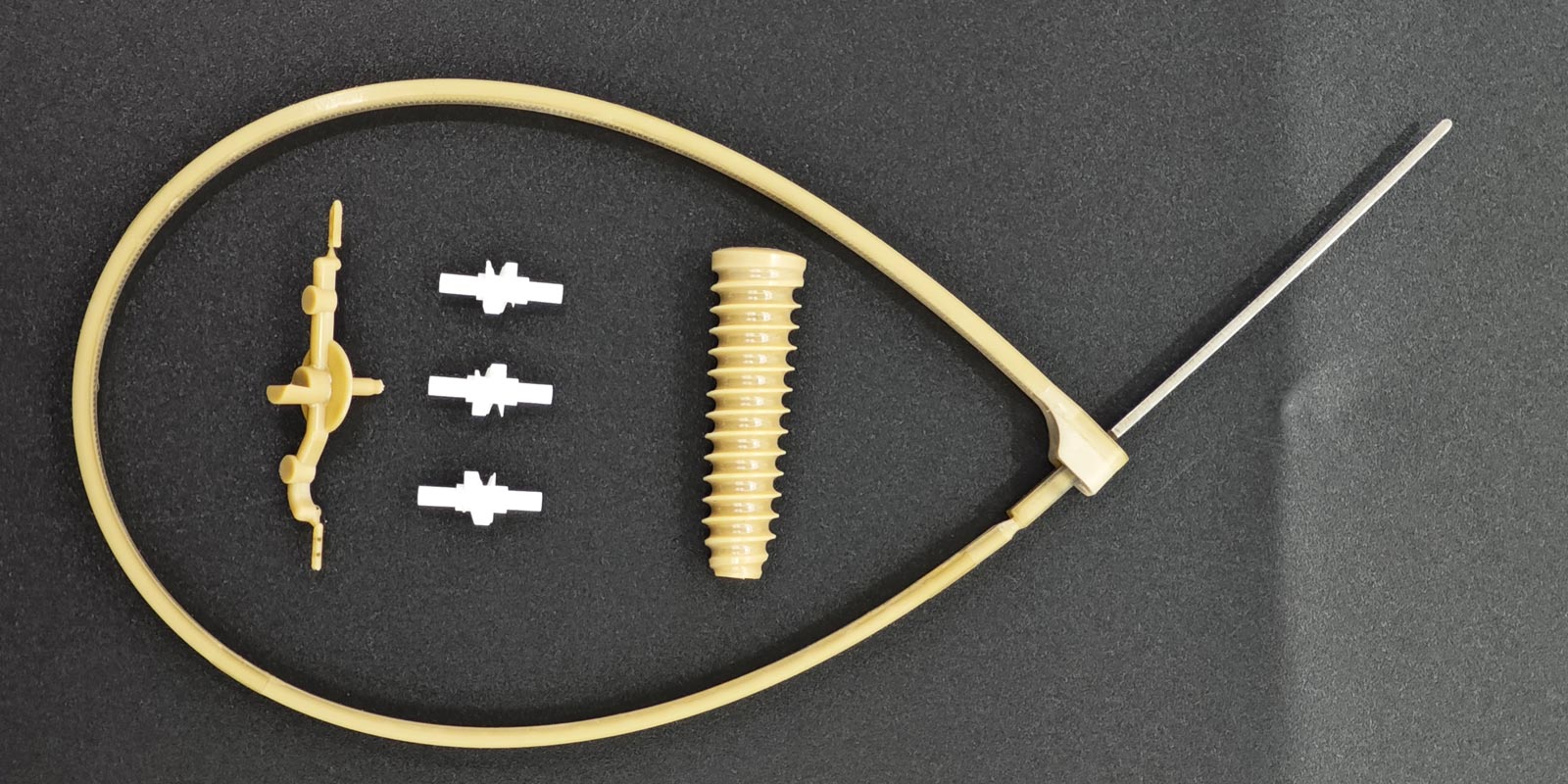
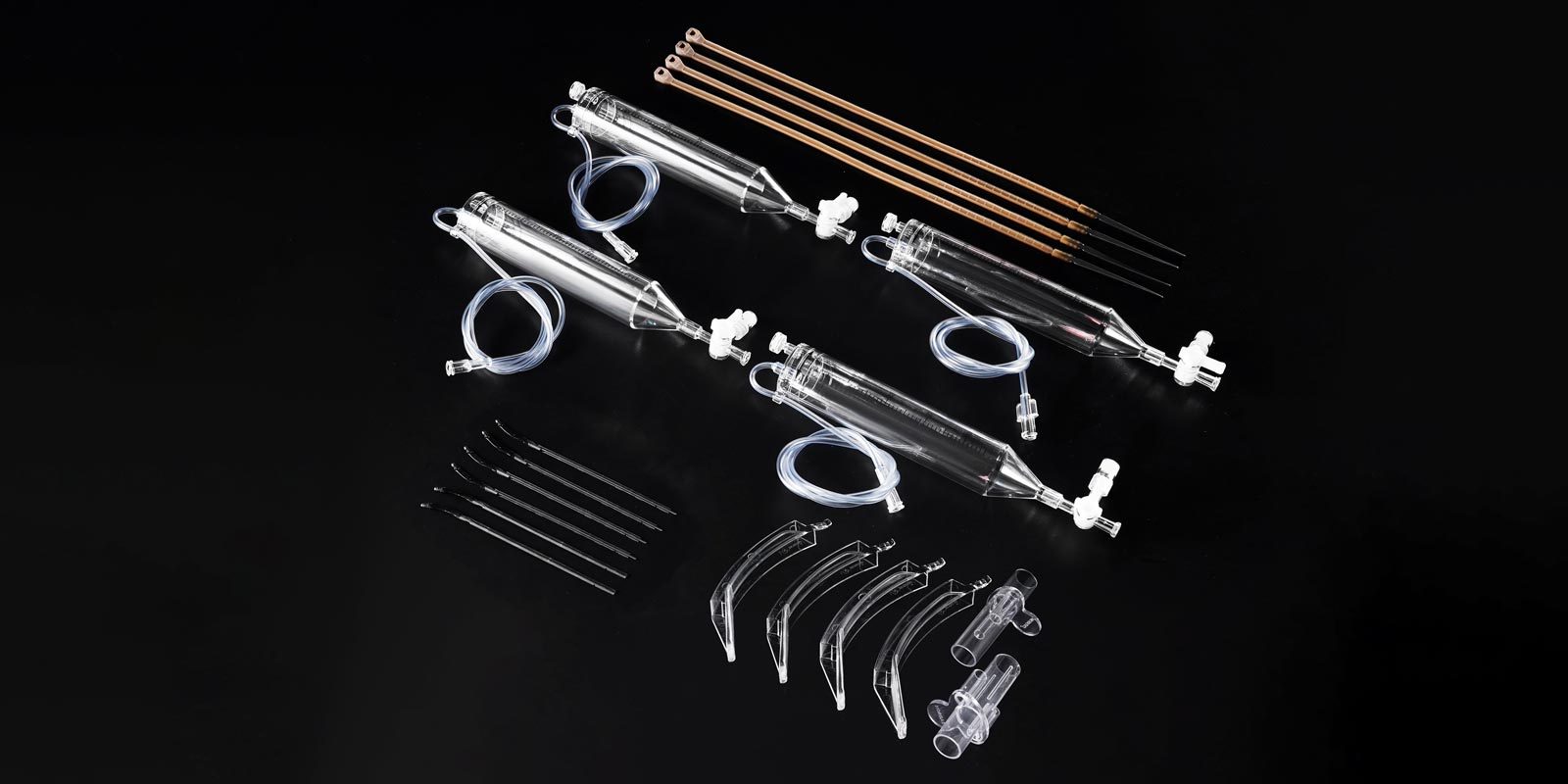
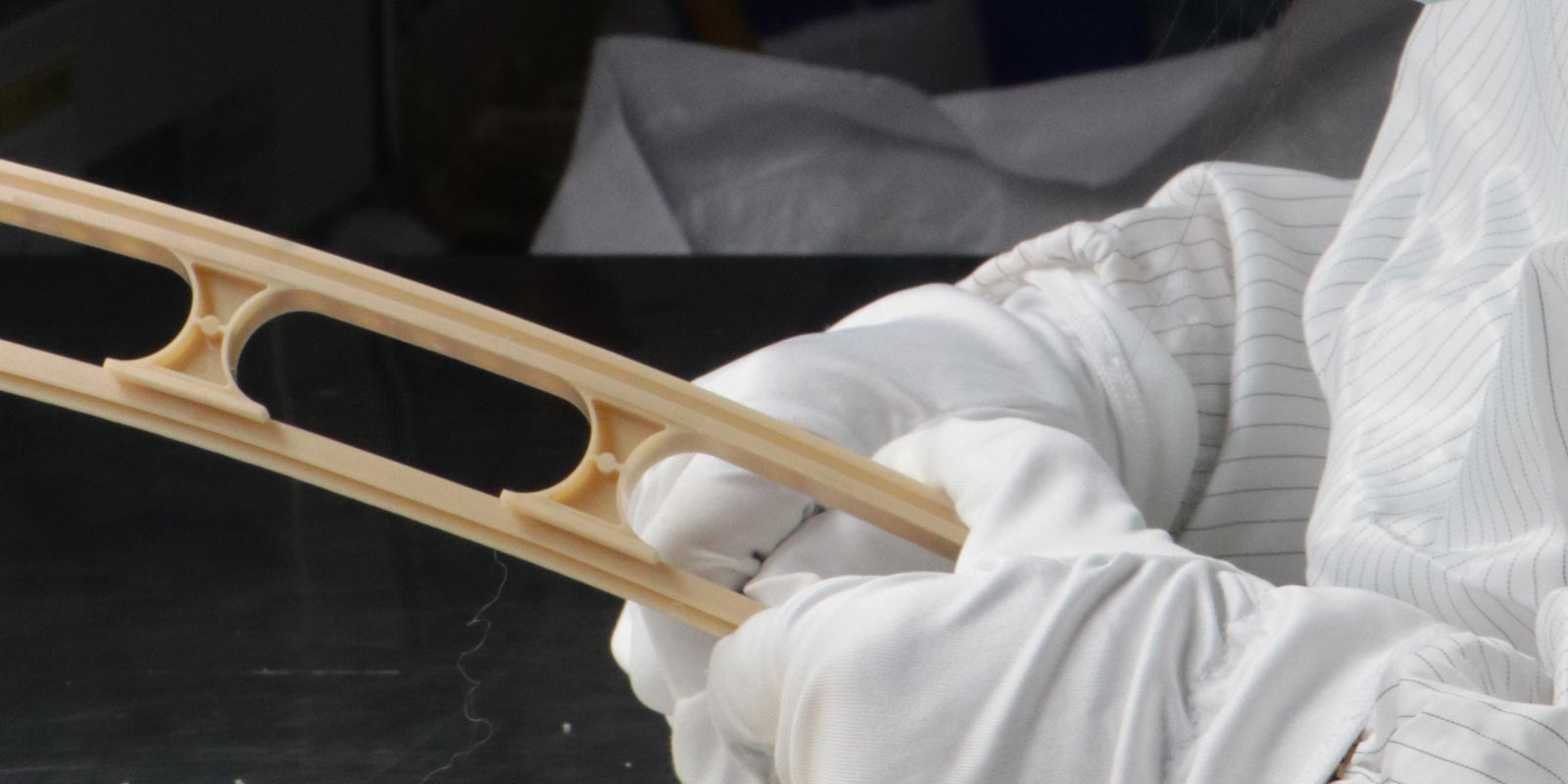
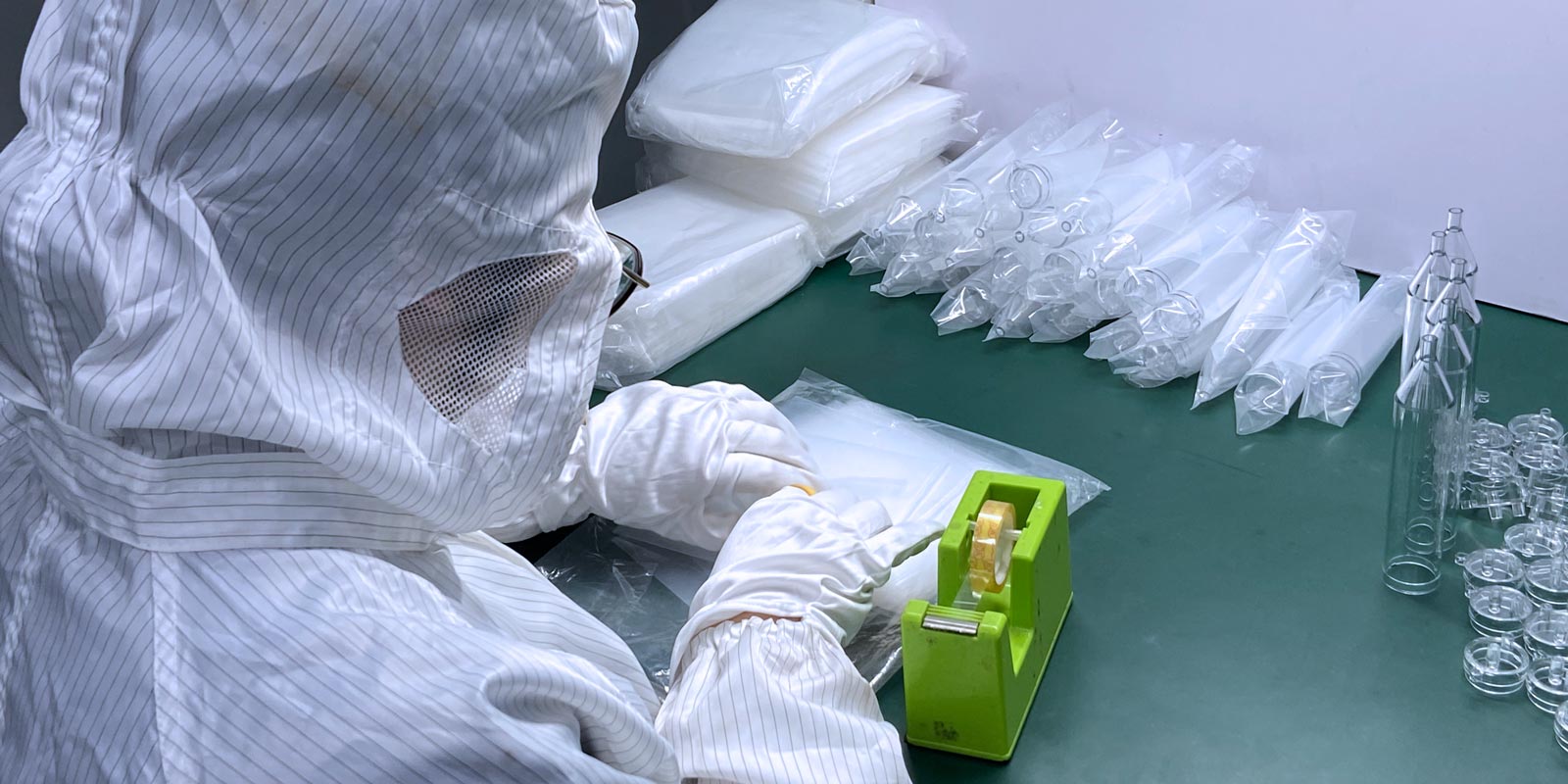
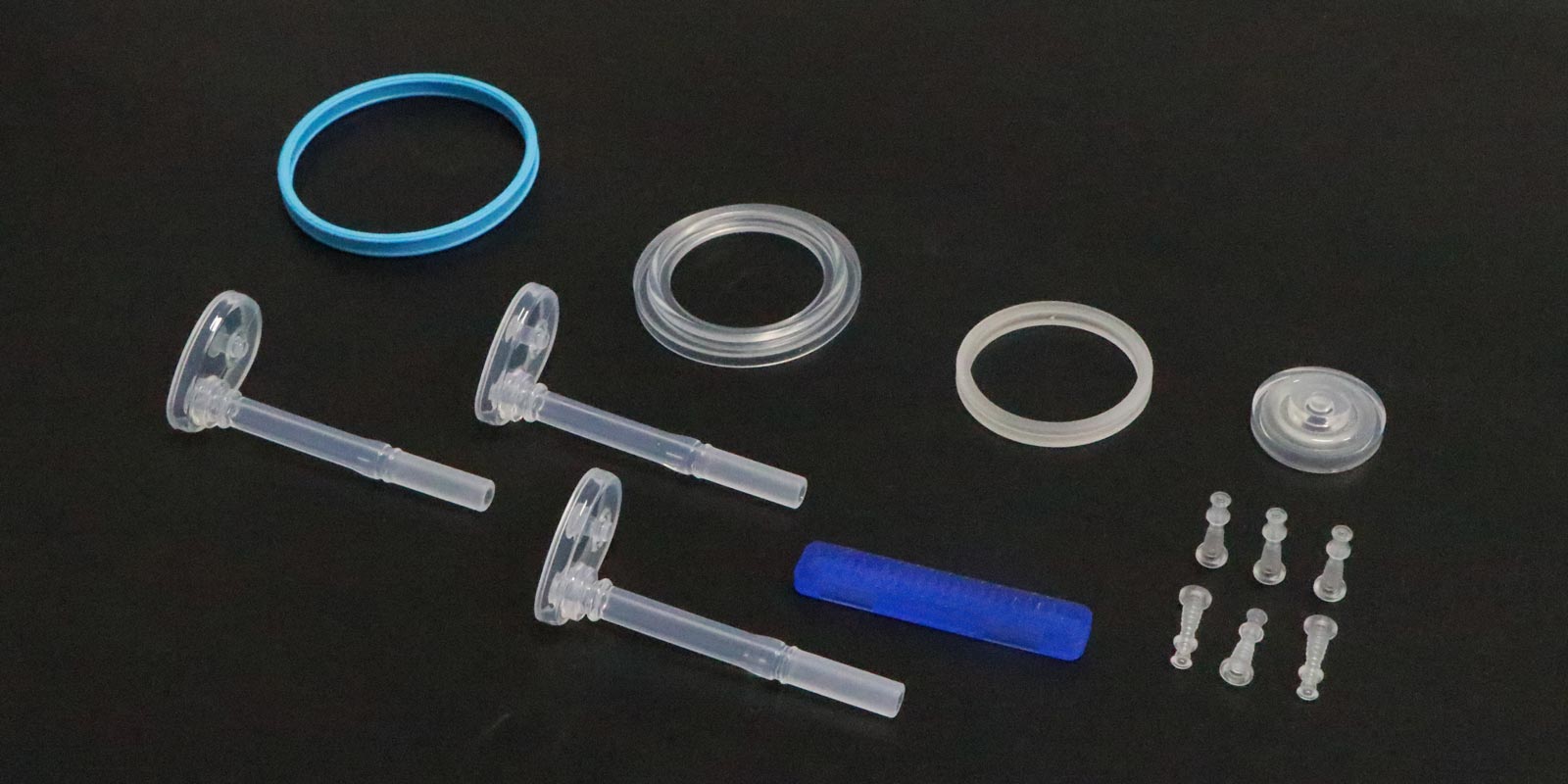











 Home
Home
